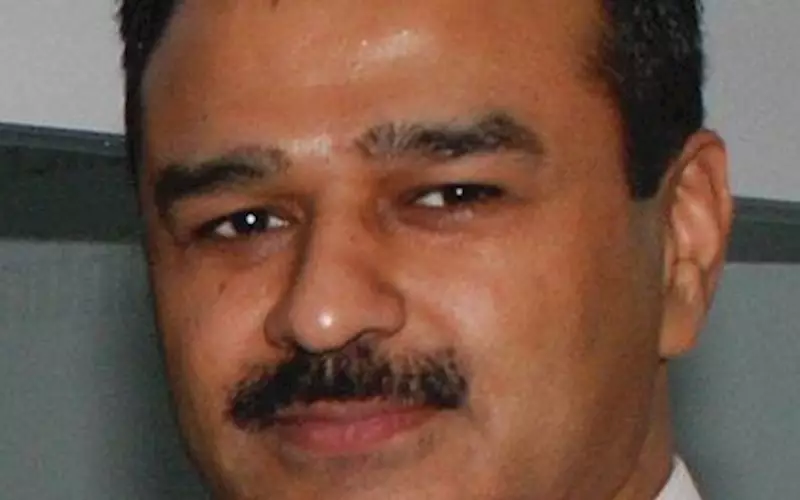Vikas Walia and Badri Kumar Singh opine that the price performance ratio between new and old machines is what drives pre-owned machinery sales. Rahul Kumar and Dibyajyoti Sarma speak to the duo on how do printers decide which machines to buy and how vendors help printers select the right configuration.
 Vikas Walia, Eurobizlink
Vikas Walia, Eurobizlink
Last year, in India, the business was definitely slow; however, it was not so in other countries. “Looking ahead, in 2015, we expect to grow, as we are regularly expanding our area of sales,” says Walia.
Talking about the perennial issue of price, Walia says if you compare the same model and the same features, there is always a big price difference between the new and the old pre-owned machine. “Many a times, buyers compare the base model of the new machine with the top model of a pre-owned one,” says Walia, adding that it is not an accurate comparison.
For pre-owned machines, Eurobizlink offers a test print, inspection and engineer’s report. “However, the engineer report is not always trustworthy,” Walia says, adding that the best way for customers is to have their own engineer and they should inspect the machine themselves.
Eurobizlink also offers refurbished equipment. “When we offer refurbished machines, they are really refurbished, not a gimmick to attract customers,” says Walia. The company doesn’t provide warranty on the products as Walia says offering warranties on used machinery is eyewash in most cases.
 Badri Kumar Singh, Somya Graphics
Badri Kumar Singh, Somya Graphics
Singh says that new machinery is costly and out of reach of Indian printers. He agrees that among pre-owned machines, Heidelberg is the most preferred, followed by Komori and Adast.
For Singh, the pre-owned market is still bullish. “With the rising rate of euro and dollar, the cost of used printing machines will go up in the future,” he adds. However, according to Singh, pricing is the not the only criteria for printers to go for pre-owned. “Quality and models are the main factors for purchasing used machines,” he says.
When it comes to investment, Indian printers deploy 60% of their own resources and a bank loan of up to 40%. In case of expensive machines, the ratio is: 75% bank loan and 25% own cash. Most printers borrow from their relatives or professional friends. Singh says in the pre-owned market, the advance is refundable if the machine is not up to customer expectation. “However, if the printer does not take delivery of machine after the machine is okayed by a mechanic and is up to mechanic’s expectation, then the advance is not returnable,” he adds.
















 See All
See All